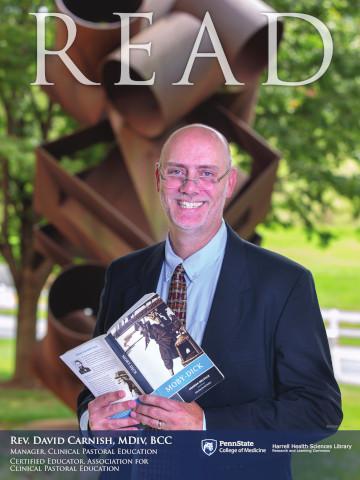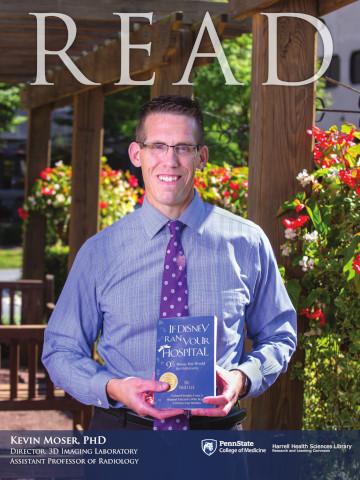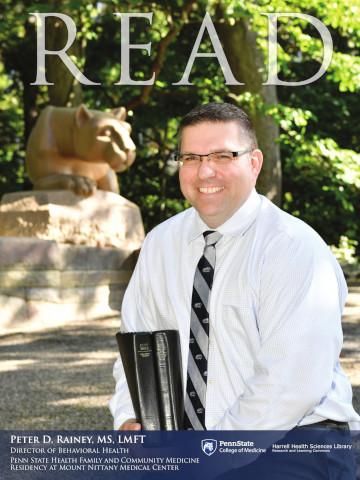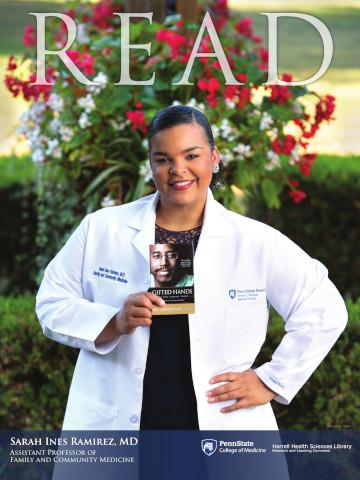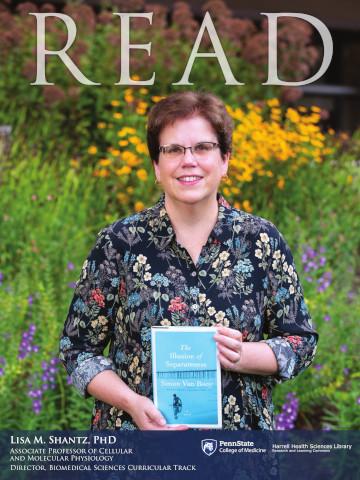David Carnish, M. Div., BCC
ACPE Certified Educator
Manager Clinical Pastoral Education
Moby Dick by Herman Mellville
When I was in training to be a pastoral educator, my supervisor taught me to read fiction books as the best source for teaching others how to be a minister and how to understand human beings. He was right! Every year, I have the privilege of being with ministry students learning about human beings through fiction. One of my favorites is Moby Dick by Herman Melville. Melville spins a yarn about a young man going to join a whaling vessel, who is struggling for his purpose and meaning in the 19th Century. Of course, that means that the reader accompanies the narrator, who is the young man to sea. At sea, spiritual and philosophical questions are raised. The whole crew has a perspective. I am particularly moved by Queequeg, who shows the “civilized Western men” onboard the vessel how to truly live in the world as a part of nature and how to be a human being. Along the way, nature also provides answers on how to live and be a part of the world. I can’t ask for more than what Melville portrays in a piece of literature.
The Harrell library is like Melville’s Queequeg offering staff and students the opportunity to voyage into the books and resources with the hope in mind that the reader learns to be a more fully alive as part of the world and a humane human being.
Kevin Moser, Ph.D.
Director, 3D Imaging Laboratory
Assistant Professor of Radiology
If Disney Ran Your Hospital: 9 ½ Things You Would Do Differently by Fred Lee
Shortly after returning from a family vacation to Disney World, I discovered this book by a health care executive named Fred Lee who spent a year working as a Disney cast member. Mr. Lee was fascinated by the Disney approach and the importance of the customer experience, and he reflects on how this approach could be applied in a hospital setting. His conclusion is that hospitals need to provide an experience, not just a product or a service. It is that experience, and its quality, consistency, and substance which is the point of difference between competing services and helps in a competitive market. Creating this experience for the patient is the responsibility of everyone on the health care team, from physician to administrator to janitor. The book is packed with ideas and anecdotes to make you rethink the way you and your team approach your job.
The Harrell Health Sciences Library is a valuable resource for students and faculty alike. In particular, my team in the Radiology 3D Imaging Lab has made extensive use of the 3D printers in the Technology Sandbox. Over the past two years, we have created more than 50 anatomical models that have been used for pre-surgical planning and teaching complex anatomy to residents and medical students. Michael Cote and the staff in the Technology Sandbox make it easy to get started and go the extra mile to help you obtain the best results possible.
Peter Rainey, MS, LMFT
Director of Behavioral Health
Penn State Health Family and Community Medicine Residency at Mount Nittany Medical Center
An arch is a strong architectural structure built from wedge-shaped pieces that lean against one another. The center piece, or keystone, locks the other stones in place. The keystone of my life has been the scared scriptures for The Church of Jesus Christ of Latter-day Saints. Scared writings are present in every culture on the earth and have been around for thousands of years. They are texts that we can turn to again and again to find principles to guide our lives and approach personal and professional dilemmas. Sacred writings are timeless and can help us in all seasons of our lives. Returning to this fountain of knowledge over and over in my life has helped me correct my personal biases, get out of my comfort zone, challenge unethical practices, and seek to serve and care for others regardless of the perceived outcomes. Sacred writings have helped me be a better son, father, husband, and behavioral scientist. In short, I believe that any book you can go back to again and again to learn and find direction is of great worth because it provides stability to one’s life, motivates change for the better and helps the reader to engage with others in the world.
Much like the scriptures have been a keystone in my life, the librarians and the resources they help us explore are the keystone to the professional lives health care providers and researchers. Just as the arch crumbles if the keystone is removed, so does the quality and effectiveness of medical care without access to the learning tools and clinical resources provided by the libraries. Imagine conducting research without the opportunity to go a fountain of up to date medical information. Imagine trying to be a life-long learner or teach medical learners without the up to date resources provided to you through the library. Truly, much of what we do is stabilized and propelled forward by the librarians and the resources they curate.
Sarah Ramirez, M.D.
Assistant Professor of Family and Community Medicine
Gifted Hands by Ben Carson
When asked to select a book as one of my favorites for the READ award I reflected on which book resonated with me in my youth. I chose Gifted Hands: The Ben Carson Story. In this book we find an inspiring, true story of a young boy who had the odds stacked against him. As an inner-city kid raised by a single mother in the poverty of Detroit, he struggled with poor grades. He found inspiration through his struggle and rose to become a leading neurosurgeon. As a product of the inner city myself where the high school drop-out rate was high and there were no role models around to inspire a drive towards success, I too found light in the confidence of my loved ones to push forward and carve out my own path out of the inner city and towards medicine. Much like Dr. Carson, my path towards success as a physician required humility, courage, compassion, and vision. The ability to imaging for oneself the impossible and without a blueprint, make it reality.
In my journey as an academic Family Physician with an interest in medical education, I found myself at the threshold of innovation when entering the Harrell Library. Here I met staff who were not only warm and knowledgeable but also always willing to help with whatever crazy idea I brought their way. When I embarked on a journey to create electronic learning modules, which required many long hours in the design studio, Mike, Eliza, and Ben were always available to help me troubleshoot. When our software became incompatible due to system upgrades, they remained available to me. When I chose to start working on a couple of scoping reviews of the literature, Amy, Marie, and Alexandra took me by the hand and guided me. As I worked to navigate the many complexities of medical education, Nancy took me by the hand and with an empathic and supportive ear provided me the leadership and guidance I needed.
In all, I have found a home for my creativity at the library and look forward to creating more with their help. I am honored and humbled to have been nominated for the READ program.
Lisa Shantz, Ph.D.
Associate Professor of Cellular and Molecular Physiology
Director, Biomedical Sciences Curricular Track
The Illusion of Separateness by Simon Van Booy
This book was recommended to me about 5 years ago by Vincent Chau, a friend in the Physiology Department. Since Vincent always recommends books that become my favorites, I put it on top of my large pile of books to read. The narrative moves back and forth in time between 1939 and 2010, with the central events taking place during World War II. Each chapter is told from a different point of view, slowly linking the lives of six characters to each other through time, although the characters themselves are never aware of the connections. I read the entire book on a train ride from Elizabethtown to New York, and then re-read it, picking up details that I had missed. It’s a beautifully written book, and I think its theme of interconnectedness carries an important message. It’s a reminder that even small acts of compassion can be felt beyond our own lives – that “even the smallest gesture is something grand.”
The best libraries offer us not only wonderful books, but also the possibility to learn something completely new. Whether it’s an exhibit on Renaissance Science, Magic and Medicine in Harry Potter’s World, or the chance to navigate through a three-dimensional virtual human heart in the experimental classroom, the Harrell Library provides opportunities for everyone at the College of Medicine to continue on their own paths of lifelong learning.
